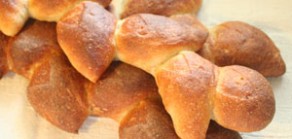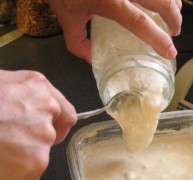 You see this question pop up all the time in sourdough discussions:
You see this question pop up all the time in sourdough discussions:
“Why do I have to discard? I hate the idea of throwing anything away. Can’t I just keep feeding the starter?”
Although reducing the waste we produce as a species is a good thing, there are times when it’s actually more logical to NOT do so. And feeding a starter is one of those times.
Let’s first see about the starter when you’re just starting it up from scratch.
Early in your starter’s young life, within the first two weeks or so of starting a starter from scratch, there is absolutely no good reason to save the excess “flour soup” you’re cutting back. It has done it’s job and is spent, and unless you’re building excessively large amounts (see the Starter Step by Step series to see the recommended quantity), it should only be about 2 tablespoons of flour each day, this is not worth worrying about. Even if ditched directly into the trash or compost, it’s still not “wasted” any more than that nice dinner you ate yesterday was “wasted”: it was used to feed your starter, so it had a purpose and served it well. So right off the bat, we need to get out of this idea that bit of flour you used to feed our yeast is wasted.
Continue reading “Why Discard Starter: A Mathematical View.”
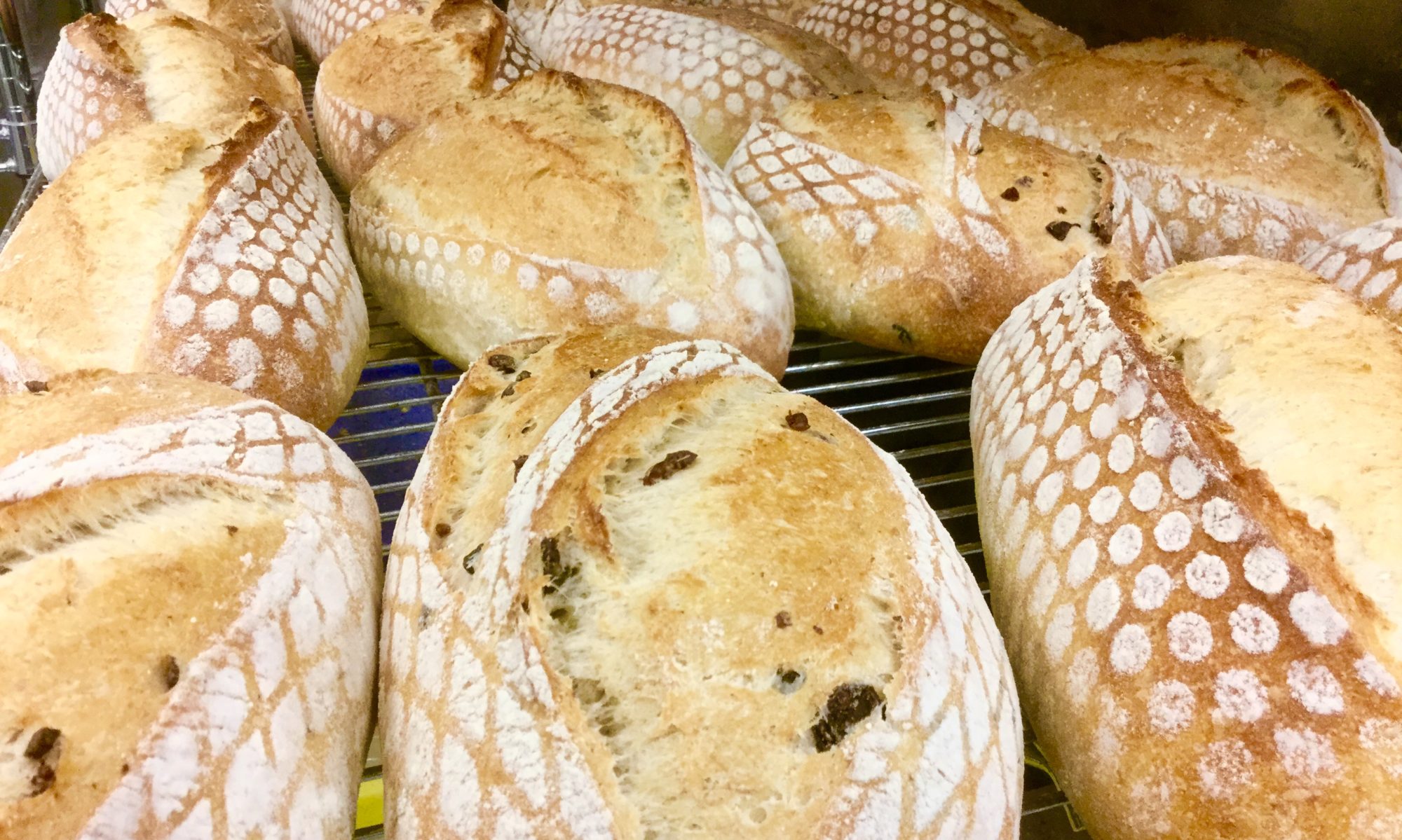

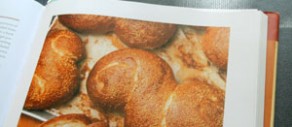
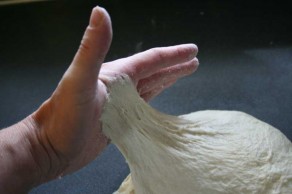
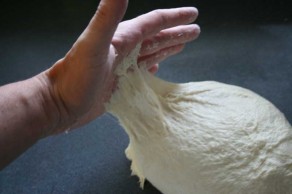
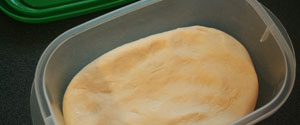 Pâte Fermentée is one of the basic pre-ferments used in bread making and it refers to a dough that is made before the bulk of the main bread dough is put together and allowed to mature or ferment.
Pâte Fermentée is one of the basic pre-ferments used in bread making and it refers to a dough that is made before the bulk of the main bread dough is put together and allowed to mature or ferment.